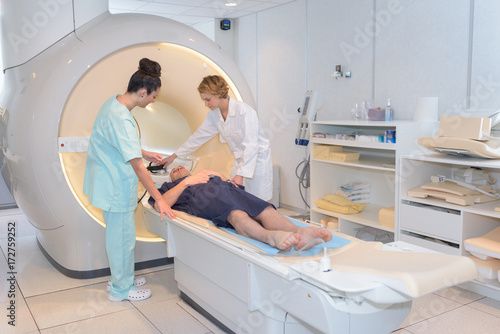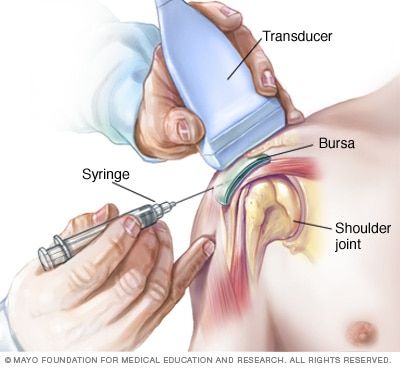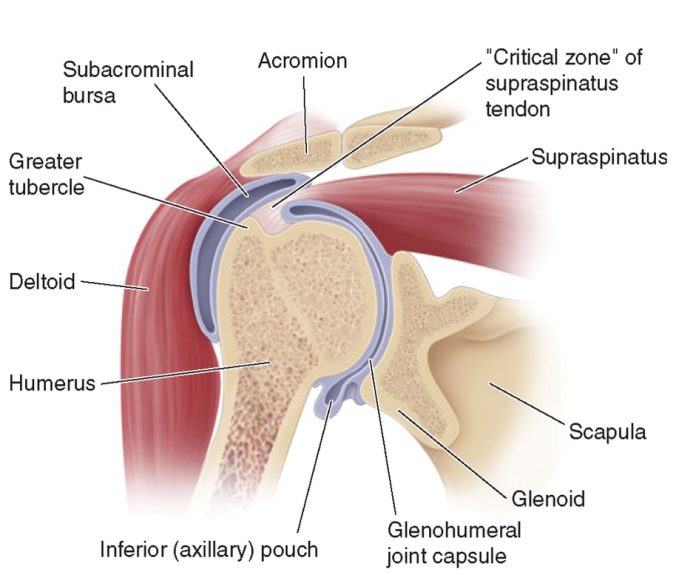ErlanggaBlog.com – Treatment of Inflamed Bursa Shoulder involves a variety of treatment options, including rest, physical therapy, and medication. Rest and ice are common treatments, and steroid injections can reduce swelling and provide relief. In more severe cases, antibiotics may be prescribed to treat the underlying infection. Often, pain medication can be taken to reduce inflammation, but should not be relied on as a long-term solution. In addition to taking pain medications, you should also undergo exercises to improve range of motion. If you have a subacromial bursitis, physical therapy is also recommended, as is surgery.
MRI scans can help rule out other conditions

A doctor can perform an MRI scan to see if the bursa is inflamed and if it’s affecting bone or surrounding tissue. Although MRI scans are not always needed to diagnose this condition, they can help to rule out other conditions. During surgery, a doctor will likely remove the bursa to improve the movement of the surrounding tendon. After surgery, physical therapy will be recommended to help the patient recover faster.
Treatment for Inflamed Bursa Shoulder depends on the underlying cause. Conservative treatment strategies include nonsteroidal anti-inflammatory drugs (NSAIDs) and corticosteroids. If a bacterial infection is found, antibiotics can help clear up the infection. Physical therapy may also help with range of motion issues. The goal of treatment is to decrease pain and inflammation. Treatment is a combination of treatment and rest.
The bursae prevent excessive friction and irritation between the two bones

A bursa is a small fluid-filled sac between two tissues. When healthy, bursae prevent excessive friction and irritation between two bones. When they become inflamed, however, pain can result. Physical activity can result in bursitis, which is a chronic condition requiring treatment. Fortunately, most cases of bursitis can be managed without surgery. When treatment is not effective, it may be necessary to undergo surgery.
If you experience any of these symptoms, you may have Inflamed Bursa Shoulder. Symptoms of Inflammed Bursa Shoulder include pain during motions, redness, swelling, and tenderness. Pain may also be limited, limiting a person’s ability to perform normal tasks. When this occurs, the patient may be unable to perform normal activities for several days or weeks.
Different treatments are needed for different types of bursitis of the shoulder

There are several causes of Inflamed Bursa Shoulder. Traumatic injury to the shoulder can cause it, but overuse is more common. Symptoms of Inflamed Bursa Shoulder may also result from rheumatoid arthritis or an infection. Different treatments are required for the various types of shoulder bursitis. To avoid shoulder bursitis, patients should avoid activities that worsen the condition.
If you experience any of these symptoms, you should seek medical treatment. Nonsurgical treatments can be effective. Nonsteroidal anti-inflammatory medications can help reduce pain and swelling, as well as certain physical exercises. Nonsurgical treatment of Inflamed Bursa Shoulder is also available. Exercises are often recommended, as they can help the affected joint recover quickly. And nonsurgical treatment can even be an effective long-term solution.







